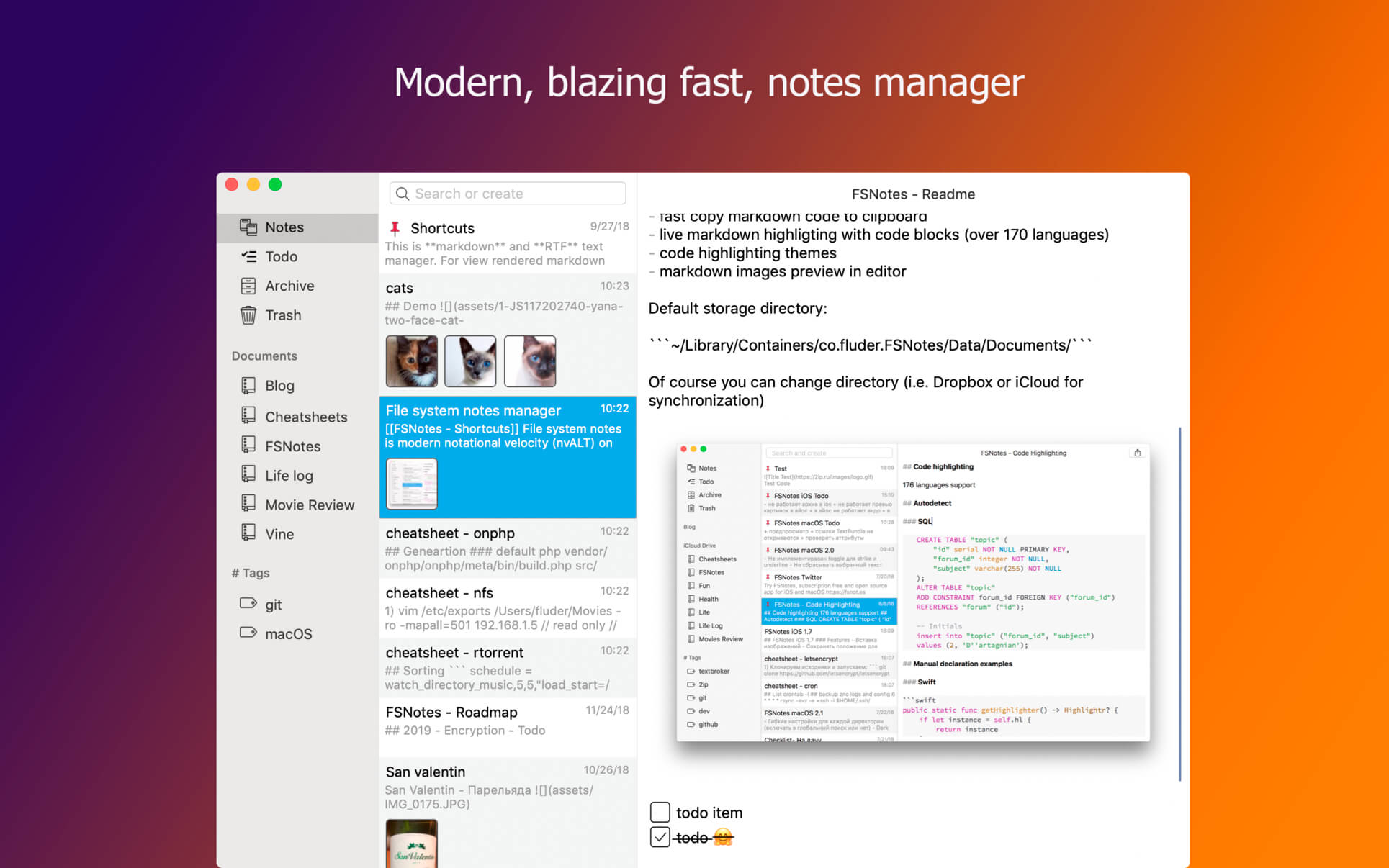What's new in DSM 6.2. DSM is constantly evolving to help your business tackle new challenges. This time, it delivers better IT efficiency with Active Directory Server, enhances instant SMB server-side copy performance, ensures reliability of file self-healing, provides. The View File System (ViewFs) provides a way to manage multiple Hadoop file system namespaces (or namespace volumes). It is particularly useful for clusters having multiple namenodes, and hence multiple namespaces, in HDFS Federation.
A Global Namespace Per Cluster Using ViewFs
In order to provide transparency with the old world, the ViewFs file system (i.e. client-side mount table) is used to create each cluster an independent cluster namespace view, which is similar to the namespace in the old world. The client-side mount tables like the Unix mount tables and they mount the new namespace volumes using the old naming convention. The following figure shows a mount table mounting four namespace volumes /user, /data, /projects, and /tmp:
ViewFs implements the Hadoop file system interface just like HDFS and the local file system. It is a trivial file system in the sense that it only allows linking to other file systems. Because ViewFs implements the Hadoop file system interface, it works transparently Hadoop tools. For example, all the shell commands work with ViewFs as with HDFS and local file system.
Note: Before you begin, check the Android version of your ROM(either on the ROM page where you got the ROM or if you already have it installed, check Settings-About Phone) and make sure you have Android 6.0 or 6.0.1 Marshmallow. These Android 6.0/6.0.1 Gapps will work on any ROM with latest Marshmallow. The -e option will check to see if the file exists, returning 0 if true. The -z option will check to see if the file is zero length, returning 0 if true. The -d option will check to see if the path is directory, returning 0 if true. Example: hdfs dfs -test -e filename. FS products catalogs and instruction manuals download including Ethernet switches, optical transceiver, WDM ISP Network, and cable management enclosures.
The mount points of a mount table are specified in the standard Hadoop configuration files. In the configuration of each cluster, the default file system is set to the mount table for that cluster as shown below (compare it with the configuration in Single Namenode Clusters).
The authority following the viewfs:// scheme in the URI is the mount table name. It is recommanded that the mount table of a cluster should be named by the cluster name. Then Hadoop system will look for a mount table with the name 'clusterX' in the Hadoop configuration files. Operations arrange all gateways and service machines to contain the mount tables for ALL clusters such that, for each cluster, the default file system is set to the ViewFs mount table for that cluster as described above.
DiskInternals Linux Reader is an useful freeware to read and explore Linux file system from Windows.
You could use Linux Reader to open or extract files in Ext2/Ext3/Ext4, HFS and ReiserFS partitions , access absolutely any file on a Linux disk from Windows.
Note: Run LinuxReaderPortable.exe to launch Linux Reader Portable. The current version is Linux Reader 1.6.4.

Linux Reader Product Features:
* Boot CD.
* Easy explorer look like interface.
* Works under Microsoft Windows 95, 98, ME, NT, 2000, XP, 2003 Server, Vista.
* Supported file systems: Ext2, Ext3, Ext4, ReiserFS, HFS, HFS+, NTFS, FAT, exFAT.
* Supported files of any size.
* Recovered files can be saved on any (including network) disks visible to the host operating system.
About DiskInternals Linux Reader Portable
Website: www.diskinternals.com
Password: www.thinstallsoft.com
MD5 Hash: 0D9E804D5D0BFD62B3E1516F14F31516
Fs 2 6 0 – Note Manager Software Developer
LinuxReaderPortable_1.6.4_English.paf.exe 4.39 MB
@ThinstallSoft.com Linux Reader Portable 1.6.4 Download Page